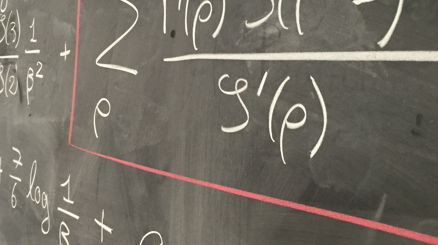Rémi Laumont
Plug & Play methods applied to inverse problems in image restoration
During this presentation we will talk about Plug & Play methods applied to inverse problems encountered in image restoration. Since the work of Venkatakrishnan et al. in 2013, Plug & Play (PnP) methods are often applied for image restoration in a Bayesian context. These methods aim at computing Minimum Mean Square Error (MMSE) or Maximum A Posteriori (MAP) for inverse problems in imaging by combining an explicit likelihood and an implicit a-priori defined by a denoising algorithm. In the literature, PnP methods differ mainly in the iterative scheme used for both optimization and sampling. In the case of optimization algorithms, recent works guarantee the convergence to a fixed point of a certain operator, fixed point which is not necessarily the MAP. In the case of sampling algorithms in the literature, there is no evidence of convergence. Moreover, there are still important open questions concerning the correct definition of the underlying Bayesian models or the computed estimators, as well as their regularity properties, necessary to ensure the stability of the numerical scheme. In this presentation we will present simple but efficient restoration methods which answer some of these questions. The existence and nature of MAP and MMSE estimators for PnP a-priori is therefore a first line of study. Three methods with convergence results are then presented, PnP-SGD for MAP estimation and PnP-ULA and PPnP-ULA for sampling. A particular interest is given to denoisers encoded by deep neural networks. The efficiency of these methods is demonstrated on classical image restoration problems such as denoising, deblurring or interpolation. In addition to allowing the estimation of MMSE, sampling makes possible the quantification of uncertainties, which is crucial in domains such as biomedical imaging. Lastly, the influence of the denoiser on the posterior is investigated and a comparison between the Bayesian probabilities reported by the model and the frequentist probabilities arising from a large number of repetitions of an experiment is drawn.



